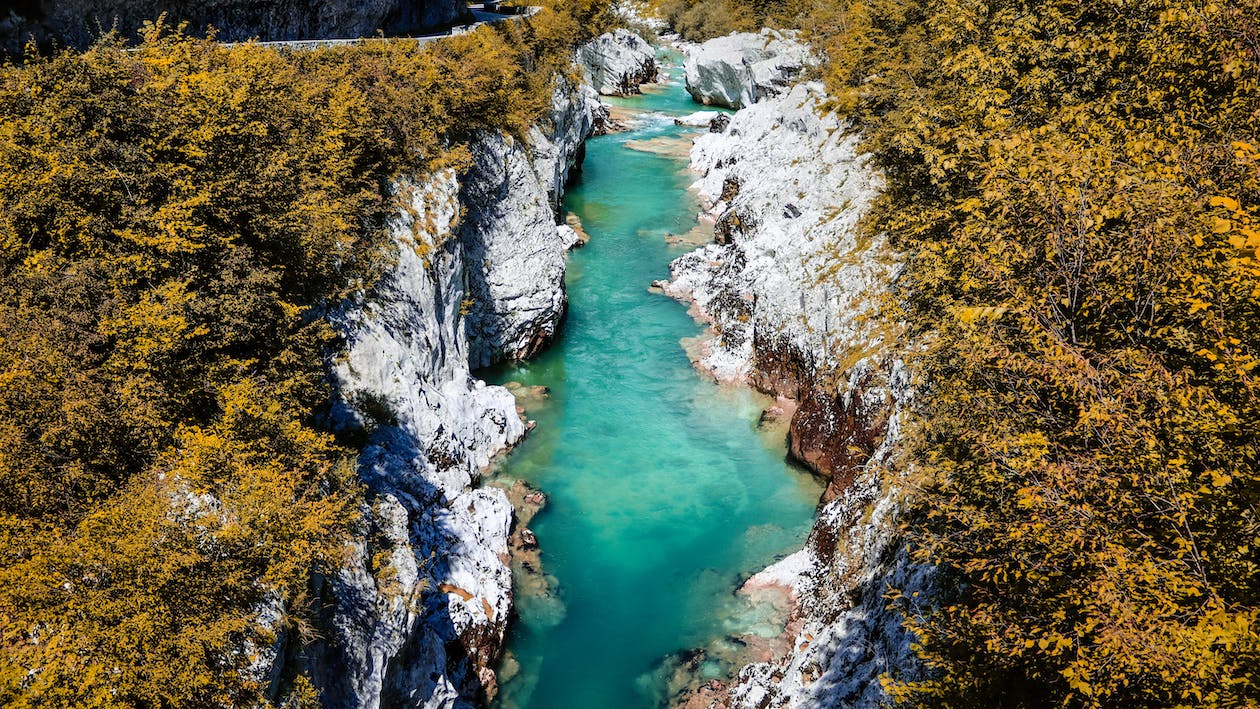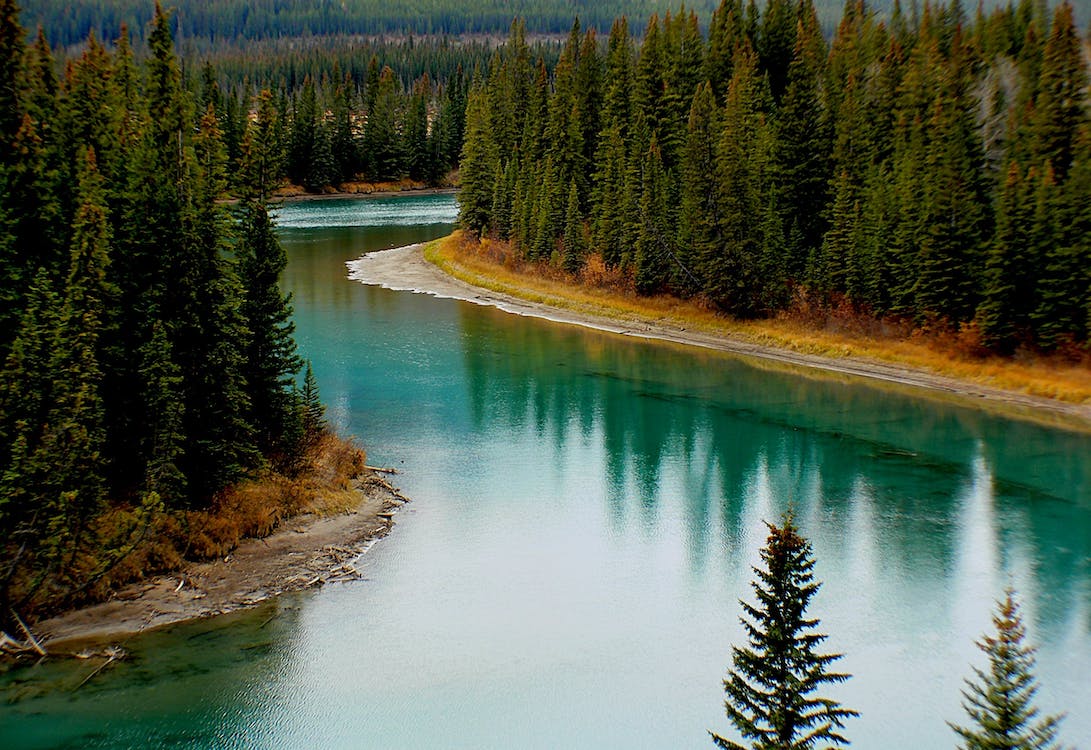Understanding complex policy processes can often be difficult for laypeople, and the proposed Nature Restoration Law proves to be no exception. To decode the latest developments, we interviewed Julia Boverhoff, Europe Freshwater Policy Associate at The Nature Conservancy, based in Brussels. Julia provided us with an update on the current status of the Nature Restoration Law and told us what we can expect in the coming months.
Need a recap before jumping into the latest news? Keep reading for a quick sum up or check out our previous article in which we discussed the most recent legislative developments up until July 2023.
Nature Restoration Law in a nutshell
Back in June 2022, the European Commission proposed the Nature Restoration Law, setting targets to restore biodiversity and degraded ecosystems. This law is a fundamental outcome of the EU Biodiversity Strategy and inherently part of the EU Green Deal, which proposes actions and commitments to halt biodiversity loss in Europe and worldwide by 2030.
Initially designed to implement measures to restore at least 20% of the EU’s degraded terrestrial, marine and freshwater ecosystems seas by 2030, the proposed Nature Restoration Law faced significant challenges before getting to the point where it is now.
Earlier this year, the proposal unexpectedly became the target of an aggressive disinformation and scaremongering campaign led by the EPP group and joined by others, becoming a victim of political positioning for the European Parliament elections next year.
On July 12, 2023, during its plenary vote, the EU Parliament narrowly approved a considerably watered-down Nature Restoration Law proposal. Luckily, the free-flowing river’s target remained intact. Afterward, Trialogues (interinstitutional negotiations) commenced between the three main European institutions – Parliament, Council, and Commission – to reach a consensus on the legislative proposals.
But what has happened in between? How is the Trialogue process going? Julia tells us more about it in a short interview below.

Figure 1. Detait – © Pexels
Nature Restoration Law – what’s next? With Julia Boverhoff
How will the Nature Restoration Law benefit rivers?
[Julia] The Nature Restoration Law covers a range of terrestrial, coastal, and marine ecosystems, as well as freshwater ecosystems, including wetlands, grasslands, rivers, and lakes. Regarding rivers, the regulation includes an obligation for member states to identify and remove man-made barriers to the connectivity of surface waters, to turn at least 25,000 km of rivers into free-flowing rivers by 2030, and to maintain restored natural river connectivity. Please note that this is not an individual target for Member States. This is an overall EU target, and it is not (yet) clear how this will be divided between Member States.
What was the outcome of the Trialogue process?
[Julia] In the following Trialogue negotiations, compromises were made to accommodate all parties involved in the agreement that was reached on November 9, 2023. Finally, the Trialogue process was concluded, resulting in a political agreement between the three EU institutions: Parliament, Council, and Commission. The Trialogue negotiations are reported to have been challenging as the Council and Commission worked to find common ground with the Parliament’s significantly weaker position. Many compromises were made and eventually, they came to an agreement, which means that we have a final deal on the Nature Restoration Law.
What are the next steps?
[Julia] ‘All’ that is left after this Trialogue agreement, is a final vote of both the Council and the Parliament on the final text. The Council officially adopted the agreed text of the Nature Restoration Law and now passed the ball to the Parliament, which is the final hurdle to overcome. The Nature Restoration Law will go to the plenary vote in the Parliament for the last and final vote, expected to take place in late February 2024. After this, if everything goes well and the Law gets adopted by the Parliament, the Nature Restoration Law should enter into force.
Next steps
The Nature Restoration Law brings hope for the safeguarding of nature and rivers. In the midst of this era of global boiling, we urge politicians to take concrete actions to tackle climate change and biodiversity loss. We expect the Members of the European Parliament to vote in favour of the adoption of the Nature Restoration Law in February 2024, a pivotal milestone in restoring free-flowing rivers.





Join the discussion One Comment